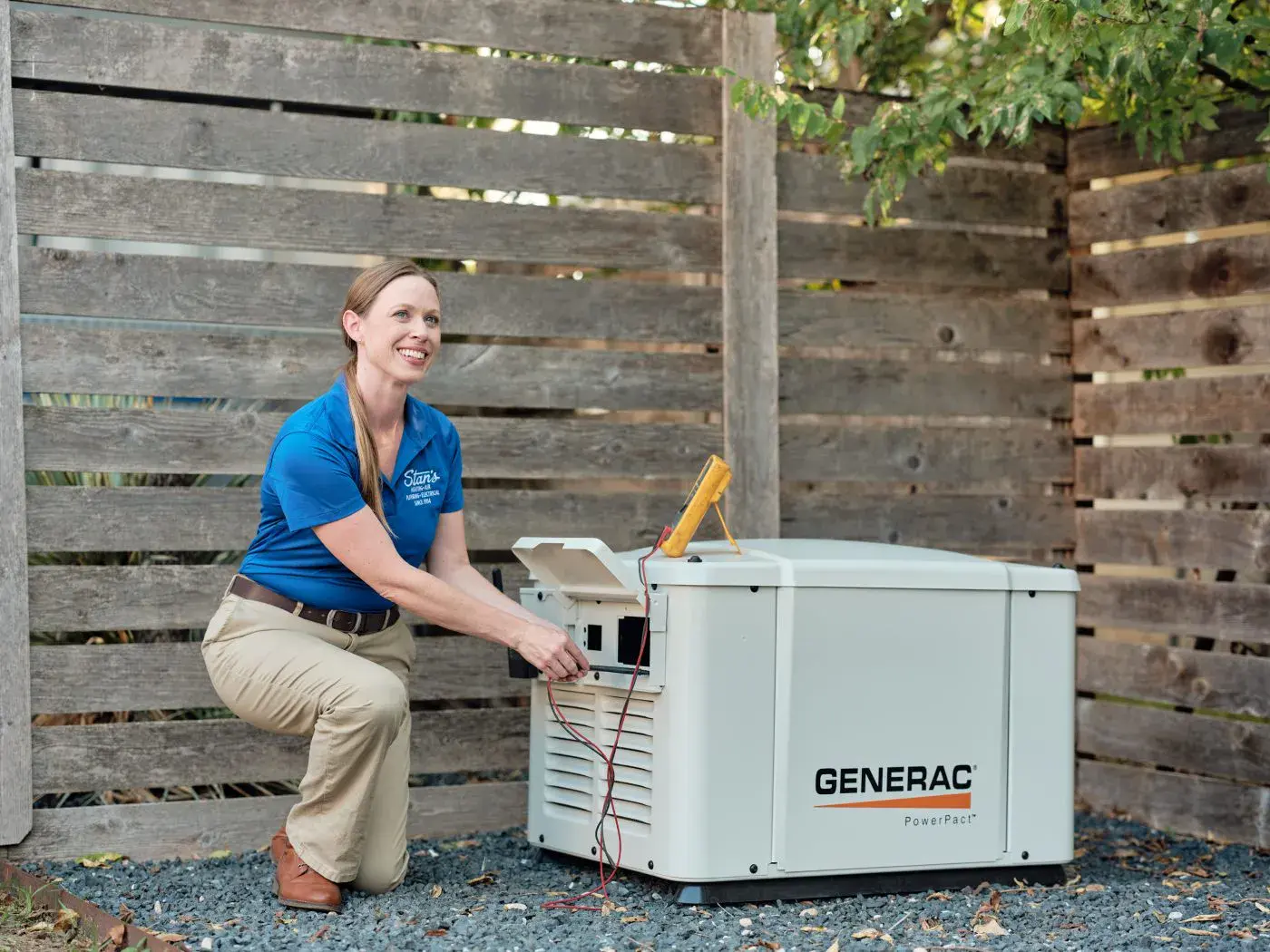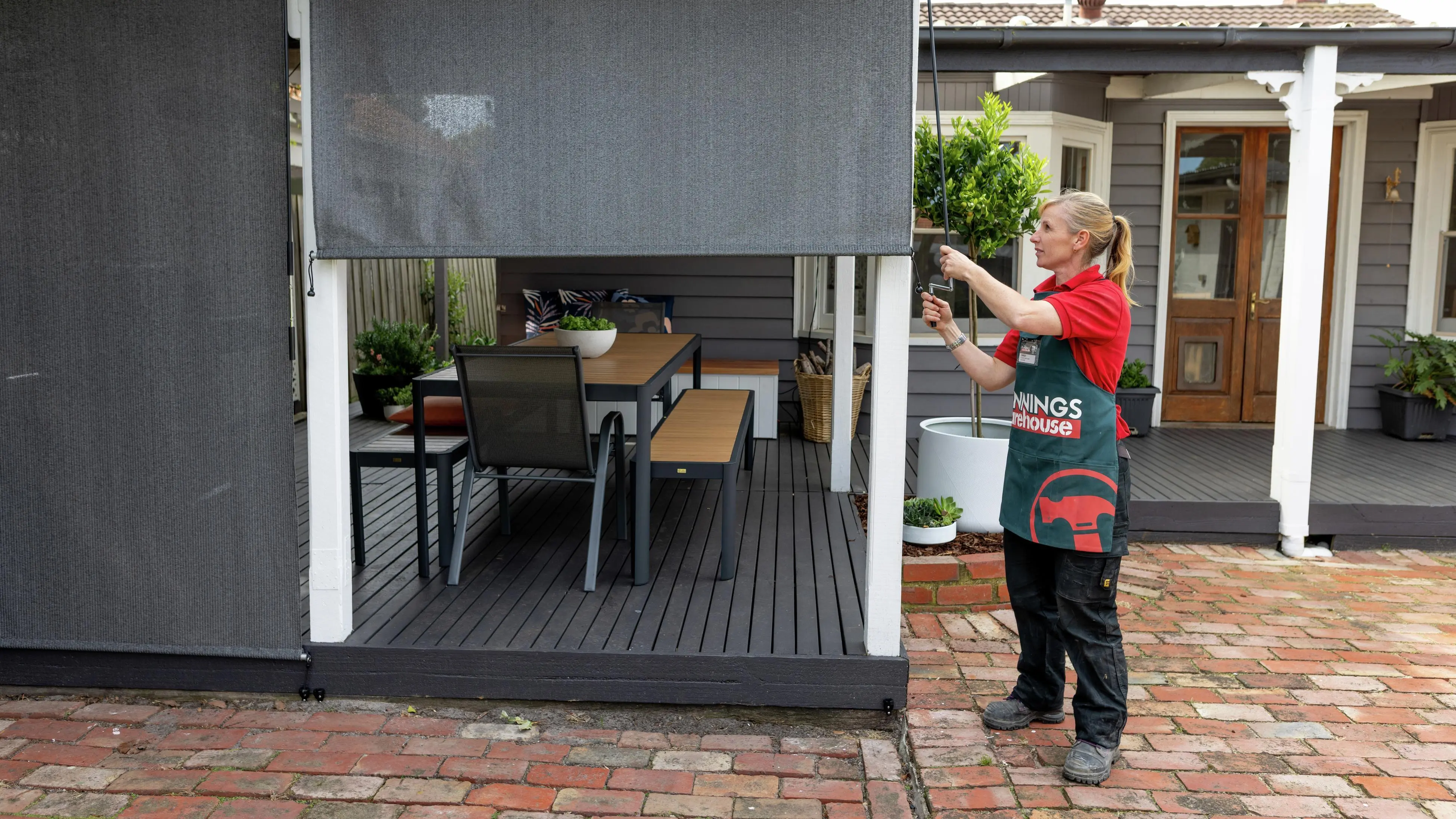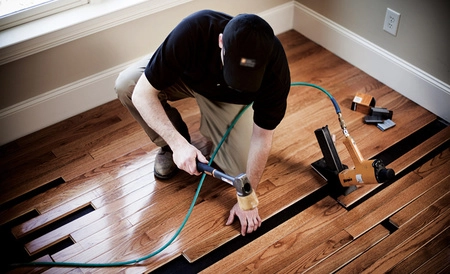
Why Should You Install a Generator?
A home generator provides a reliable backup power source during electrical outages. With frequent storms, wildfires, and other disruptions, having a generator installation done properly can save you from extended periods without power. Here are some reasons to consider a generator installation:
- Protection from power outages: A generator ensures that essential appliances like refrigerators, medical devices, and lights continue working during a blackout.
- Enhanced property value: A properly installed whole-house generator can increase the value of your home by adding a safety feature.
- Peace of mind: Knowing you have a backup power source reduces anxiety during unpredictable weather events.
Types of Generators and Installation Needs
Before you install a generator, it's important to understand the different types of generators and how each installation works.
Whole-House Generators
Whole-house generators are designed to supply power to your entire home, including large appliances. These generators typically run on natural gas or propane and require a dedicated transfer switch.
- Power Output: 7,000 – 20,000 watts
- Fuel: Natural gas, propane
- Installation Complexity: High (due to gas line and transfer switch installation)
- Cost Range: $5,000 - $15,000 (includes installation)
Portable Generators
Portable generators are a more affordable option for homeowners who don’t need to power their entire house. These generators are powered by gasoline or propane and can be manually moved to where power is needed.
- Power Output: 1,000 – 10,000 watts
- Fuel: Gasoline, propane
- Installation Complexity: Low (manual setup)
- Cost Range: $400 - $3,000 (installation costs extra)
Inverter Generators
Inverter generators are smaller and quieter than traditional models, making them ideal for camping or backup power for sensitive electronics.
- Power Output: 1,000 – 5,000 watts
- Fuel: Gasoline
- Installation Complexity: Low
- Cost Range: $500 - $2,000 (installation may require a professional)
Generator Installation Costs
The cost of generator installation varies depending on several factors, including the type of generator, the complexity of the installation, and the professional services required. Here’s a breakdown of costs you might incur:
Factors That Affect Generator Installation Costs
- Type of Generator: As mentioned earlier, whole-house generators are more expensive to install than portable ones due to the added complexity of installation (e.g., connecting to gas lines).
- Fuel Type: Generators that run on natural gas or propane often require additional infrastructure, such as installing a gas line or propane tank, which increases installation costs.
- Transfer Switch: A transfer switch is required for safely switching between utility power and the generator. Installing a transfer switch can cost anywhere from $500 to $2,000, depending on the model.
- Labor Costs: Installation labor charges range from $50 to $150 per hour, depending on your location and the complexity of the installation.
Average Generator Installation Cost
- Whole-House Generator Installation: $5,000 – $15,000 (including the generator and transfer switch)
- Portable Generator Setup: $400 – $1,500 (manual installation, without transfer switch)
- Inverter Generator Installation: $500 – $2,000 (installation may include fuel hookup)
Key Steps in the Generator Installation Process
1. Site Assessment
Before installation, a professional will assess your home to determine the optimal location for the generator. This includes ensuring that there’s enough space for ventilation and access to fuel lines if needed.
2. Installing the Transfer Switch
For whole-house generators, the transfer switch is an essential part of the installation. This switch safely isolates the home’s electrical system from the grid during an outage, preventing backfeed that could damage the grid or endanger utility workers.
3. Fuel Line Installation
If you’re installing a natural gas or propane-powered generator, a licensed technician will install the necessary fuel line. This part of the installation must comply with local building codes and safety regulations.
4. Wiring and Testing
The generator will be wired into your electrical system, ensuring that it works with the transfer switch and the main electrical panel. Once complete, a final test will ensure that the generator operates as expected and is safely connected to your home’s system.
5. Final Inspection
After installation, a professional inspection is often required to verify that everything meets local building codes and safety standards. This may include checking fuel connections, electrical wiring, and ensuring that the generator is properly grounded.
Generator Installation Cost Comparison Chart
| Generator Type | Cost Range | Installation Complexity | Additional Costs |
|---|---|---|---|
| Whole-House Generator | $5,000 - $15,000 | High | Transfer switch ($500-$2,000), gas line installation |
| Portable Generator | $400 - $3,000 | Low | $50 - $150 for setup labor |
| Inverter Generator | $500 - $2,000 | Low | $50 - $150 for setup labor |
Conclusion
Installing a generator in your home is a wise investment, especially if you live in an area prone to power outages. Whether you opt for a whole-house generator for long-term power or a portable model for occasional use, understanding the generator installation process and costs is essential. From site assessments to final inspections, proper installation ensures your generator functions smoothly and safely when you need it most.
To get a more accurate estimate of installation costs, consult with a professional to assess your needs and select the best generator for your home.



